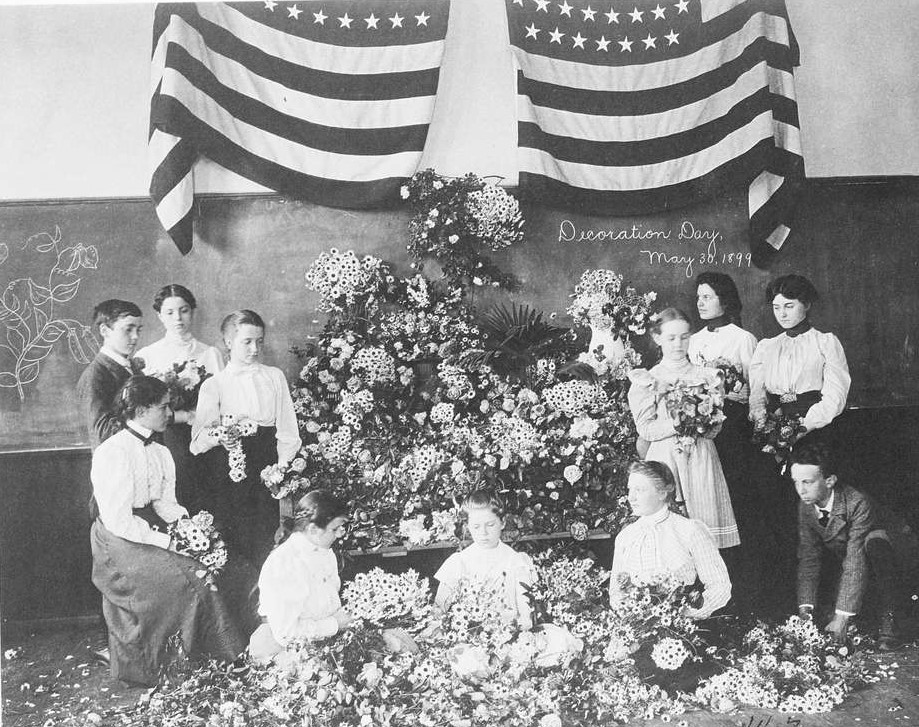Authors:
Historic Era:
Historic Theme:
Subject:
April 1971 | Volume 22, Issue 3


Authors:
Historic Era:
Historic Theme:
Subject:
April 1971 | Volume 22, Issue 3

The War had been over hardly two decades when I was a boy. If one had occasion to refer to it, he called it simply “the War,” for it was the only war we had had within the memory of all but a negligible few. School books like John Fiske’s History of the United States called it “the Civil War.” Histories for adults called it “the Great Rebellion.” To call it “the Rebellion” in a school book would have confused the pupils, who would have found it hard to distinguish, between “Rebellion” and “Revolution.” In fact, years later I came upon a student at my university who thought them one and the same war. “The War Between the States” hadn’t been coined, and it still sounds odd to nineteenth-century ears.
Our New England town had erected a Memorial Hall of brick with stone trim to honor its sons who had taken part in the conflict. On bronze mural tablets in the foyer are the names of those who lost their lives and of the battles in which they fell. On pedestals, one on each side of the wide flight of granite steps leading to the main entrance, stand heroic bronze statues by a now-forgotten sculptor—the one on the left, a soldier with his musket, standing at parade rest; the one on the right, a sailor, his right hand on the hilt of his cutlass, his left resting lightly on his hip. But what I liked best as a young child was the fieldpiece, a ponderous memento of the great struggle that stood on the lawn before the hall, aimed pointblank at the stores on the opposite side of Main Street. It was my delight to clamber over this monstrous relic or to sit astride its barrel, now forever silent.
In 1868 General John A. Logan, Commander in Chief of the Grand Army of the Republic, issued a general order designating May 30 of that year “for the purpose of strewing with flowers or otherwise decorating the graves of comrades who died in defense of their country during the late rebellion and with the hope that it will be kept up from year to year.” This proposal met with approval by a public that still felt the loss of loved ones. Thereafter, May 30 was known as Decoration Day, until in 1882 the Grand Army urged that the proper designation of May 30 is Memorial Day. By that time, however, the term “Decoration Day” was fixed in the popular vocabulary, so that even